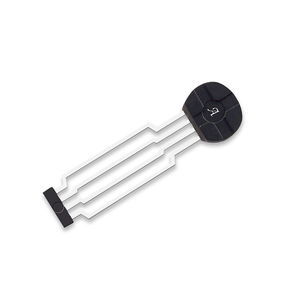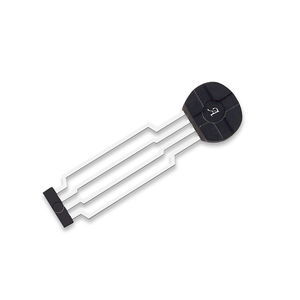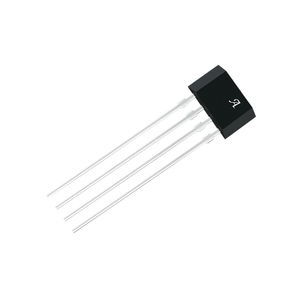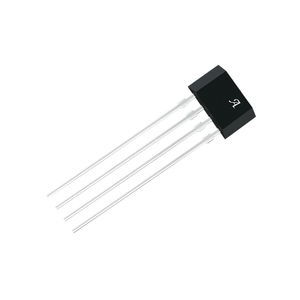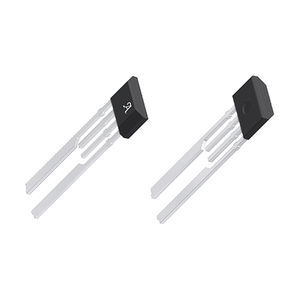
Linear speed sensor A1425 seriesHall effect
Add to favorites
Compare this product
Characteristics
- Type of movement
- linear
- Technology
- Hall effect
- Frequency
Max.: 20,000 Hz
Min.: 20 Hz
- Temperature range
Max.: 150 °C
(302 °F)Min.: -40 °C
(-40 °F)
Description
The A1425 AC-coupled Hall-effect sensor IC is a monolithic integrated circuit that switches in response to changing differential magnetic fields created by rotating ring magnets and, when coupled with a magnet, by ferrous targets. The device is a true zero-crossing detector: the output switches precisely when the difference in magnetic field strength between the two Hall elements is zero. A unique dual-comparator scheme provides for accurate switching at the zero crossing on both the positive and negative-going regions of the differential signal, while utilizing hysteresis to prevent false switching. The zero-crossing nature of this device provides excellent repeatability and accuracy for crankshaft applications.
Changes in field strength at the device face, which are induced by a moving target, are sensed by the two integrated Hall transducers. The transducers generate signals that are differentially amplified by on-chip electronics. This differential design provides immunity to radial vibration within the operating air gap range of the A1425, by rejection of the common mode signal. Steady-state magnet and system offsets are eliminated using an on-chip differential band-pass filter. This filter also provides relative immunity to interference from electromagnetic sources.
The device utilizes advanced temperature compensation for the high-pass filter, sensitivity, and Schmitt trigger switchpoints, to guarantee optimal operation to low frequencies over a wide range of air gaps and temperatures.
Catalogs
No catalogs are available for this product.
See all of ALLEGRO MICROSYSTEMS‘s catalogsRelated Searches
- Proximity switch
- Position transducer
- Linear position transducer
- Analog output position sensor
- Non-contact position transducer
- Magnetic position transducer
- Magnetic proximity switch
- Industrial position sensor
- Rotational speed sensor
- Magnetic speed sensor
- Rotary position sensor
- Precision position sensor
- Proximity switch with switching function
- High-precision position sensor
- Hall effect speed sensor
- Miniature proximity switch
- Hall effect position sensor
- Linear velocity sensor
- Position sensor for automotive applications
- Redundant position transducer
*Prices are pre-tax. They exclude delivery charges and customs duties and do not include additional charges for installation or activation options. Prices are indicative only and may vary by country, with changes to the cost of raw materials and exchange rates.


